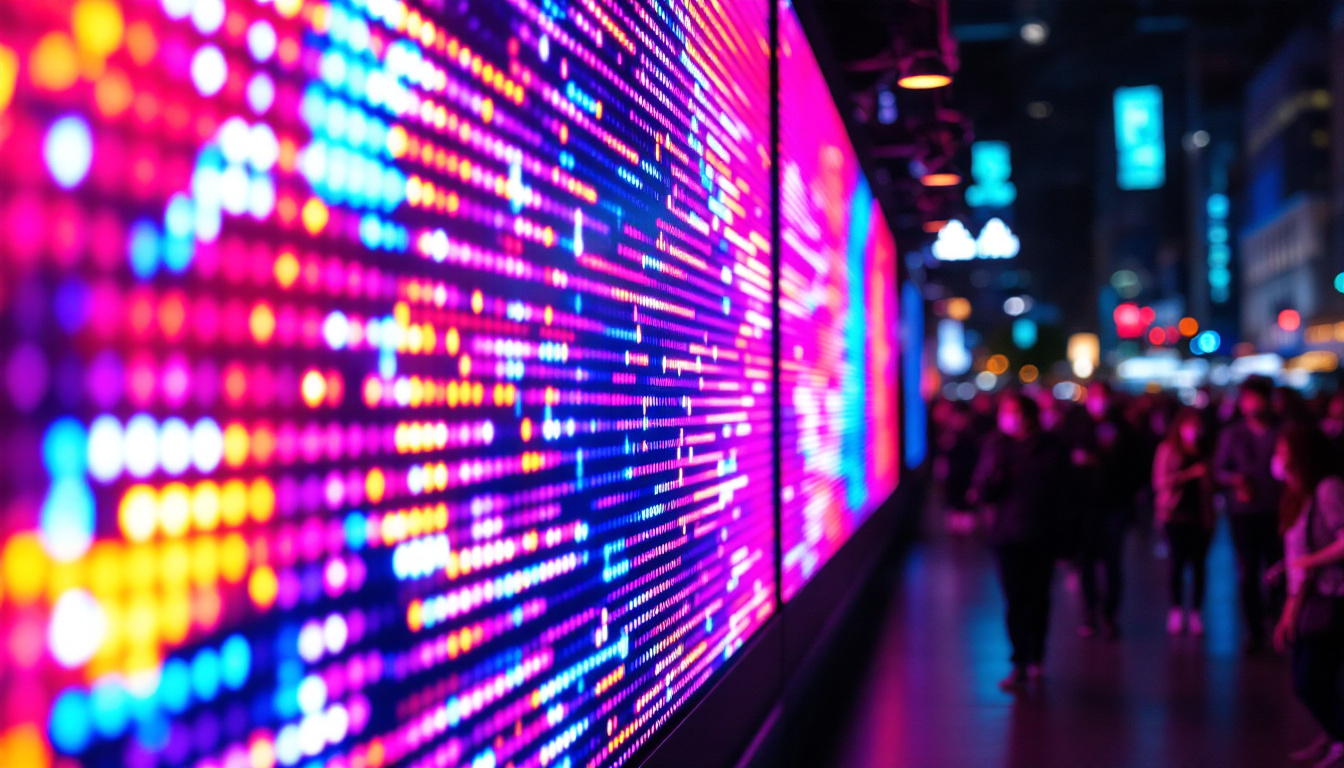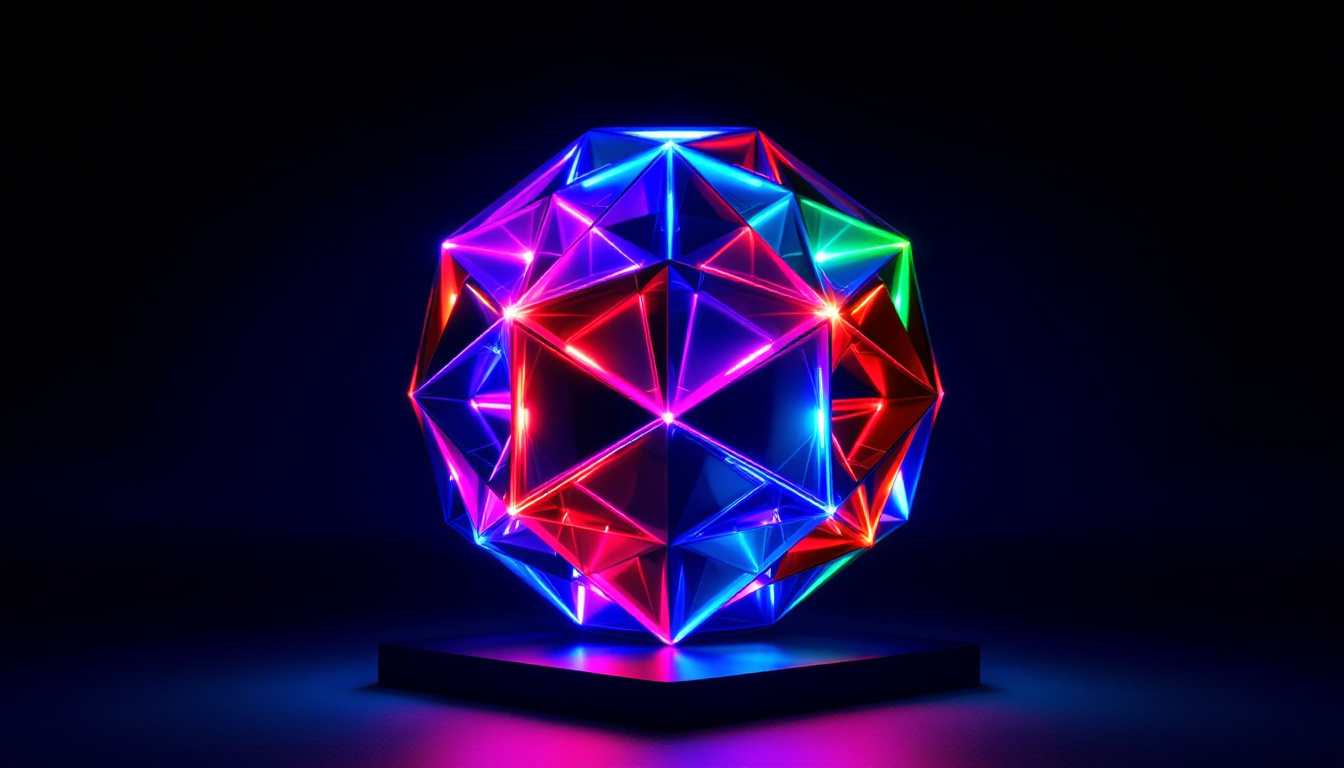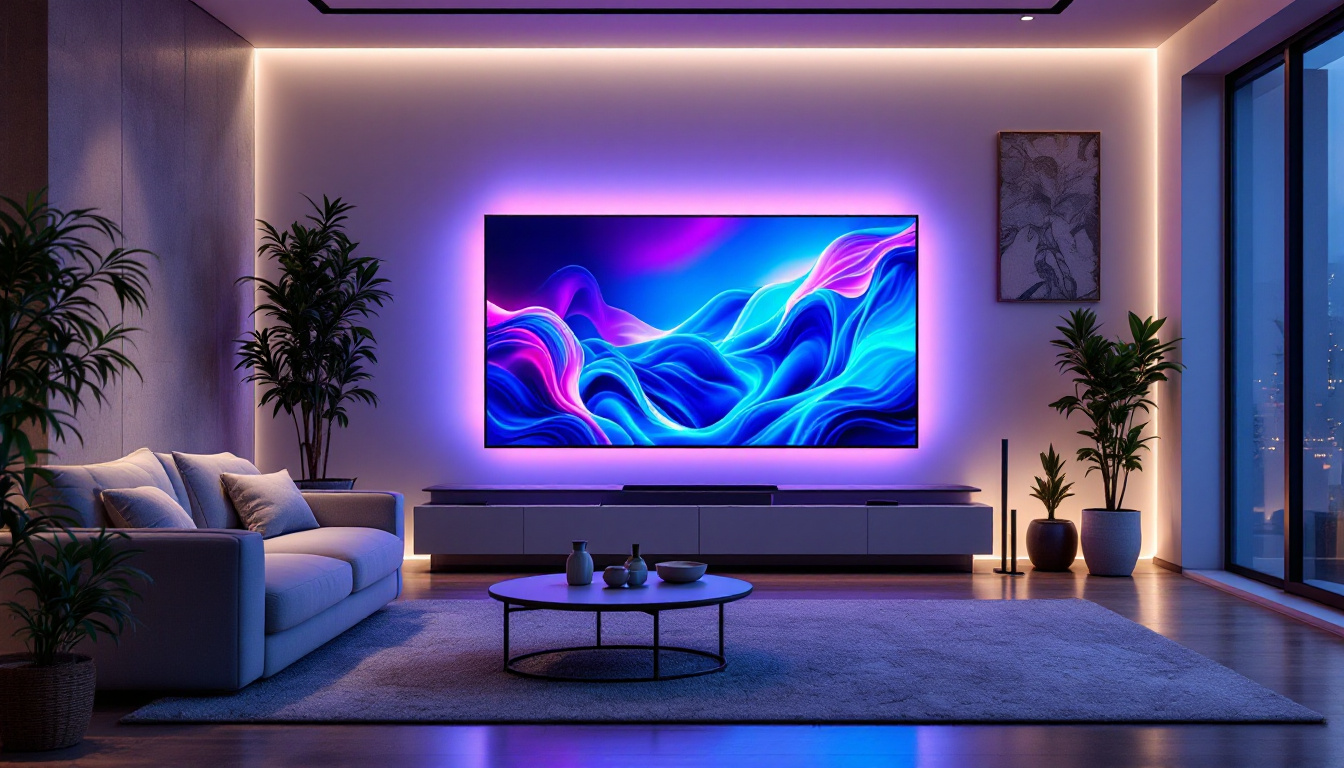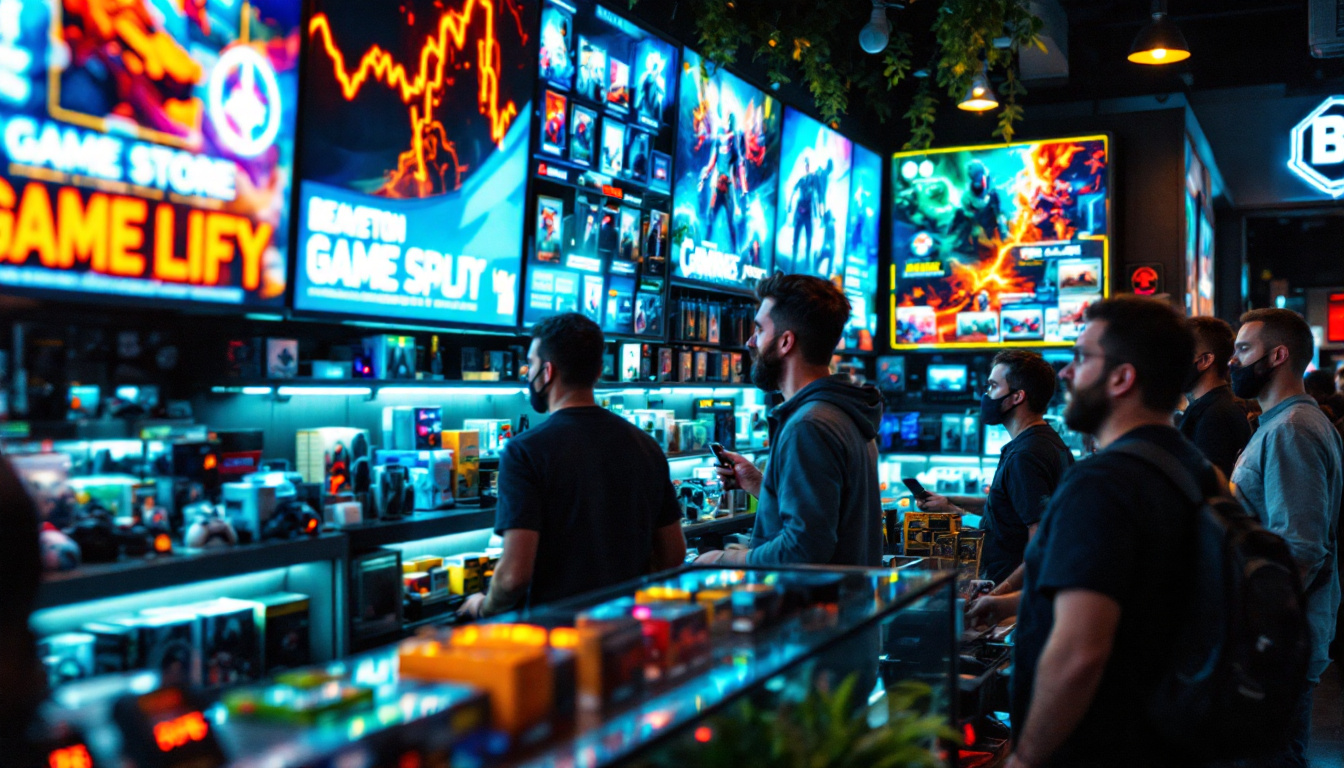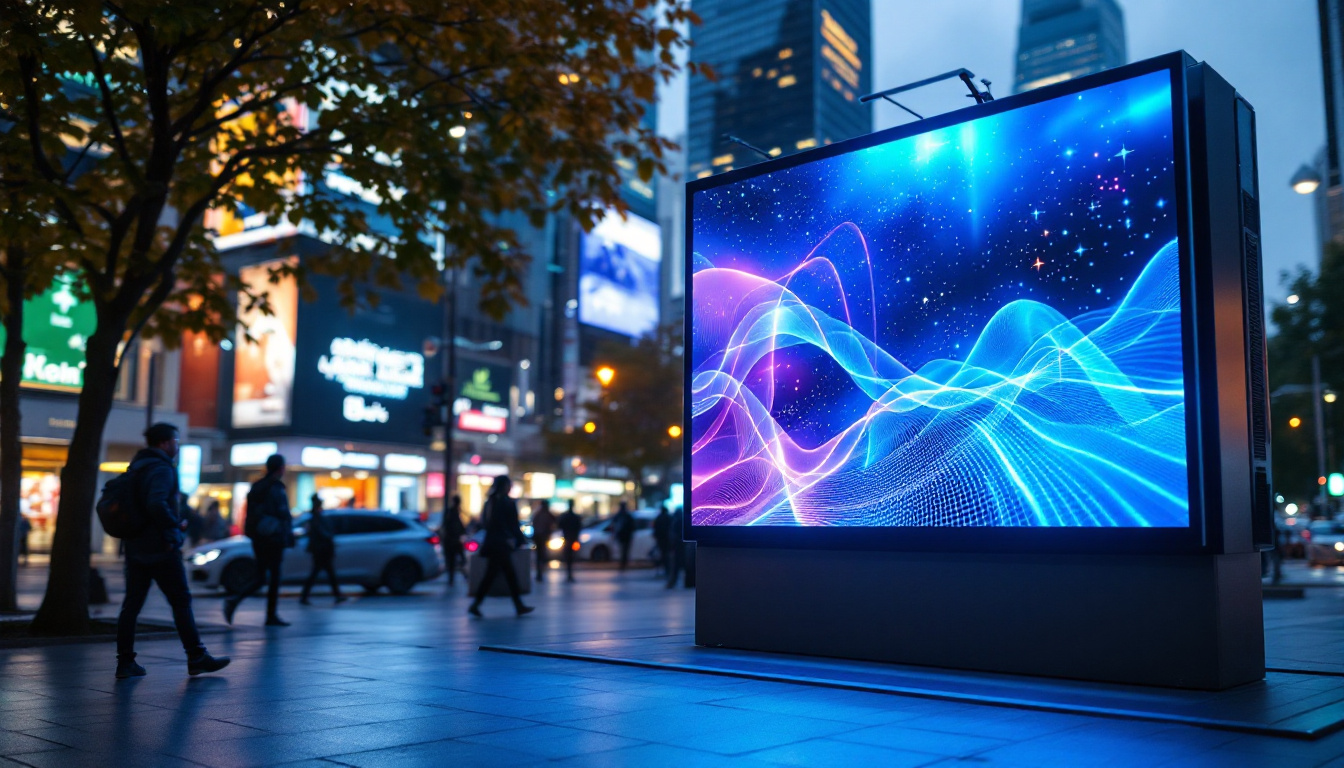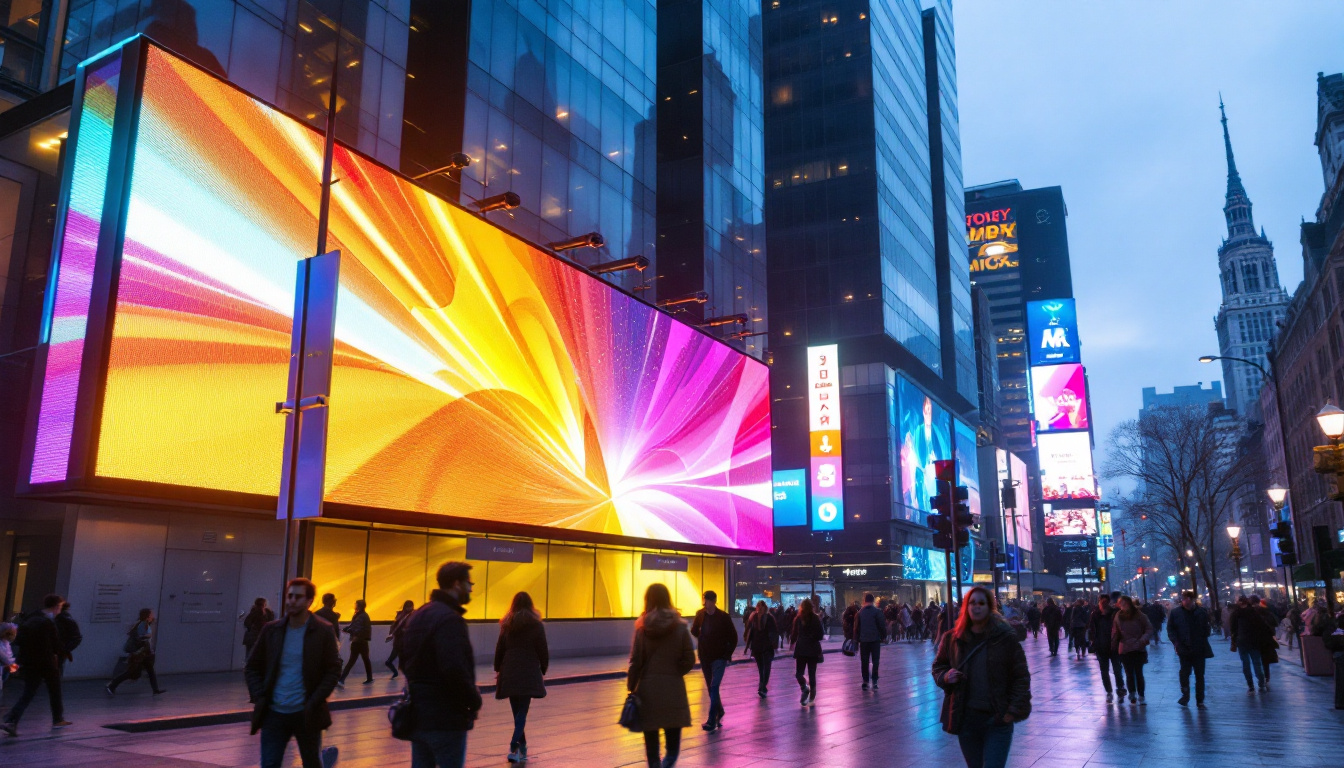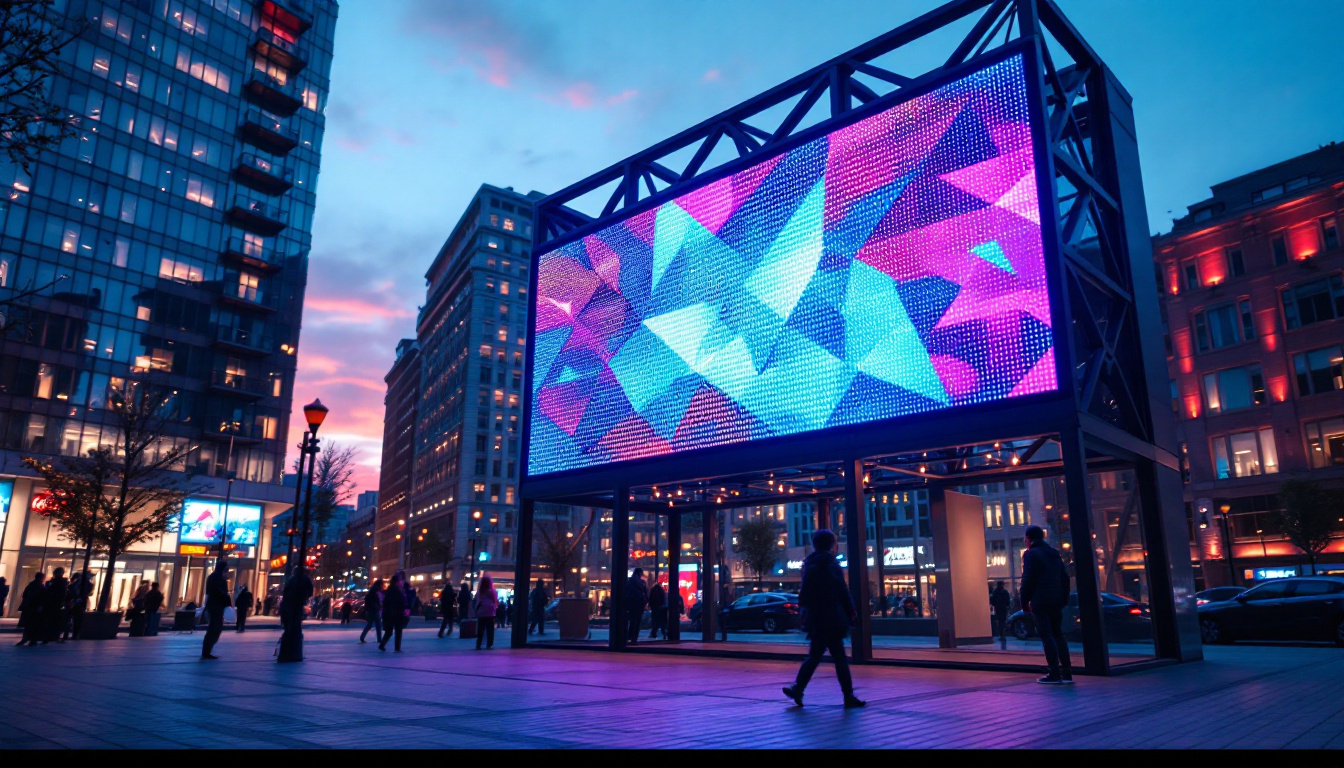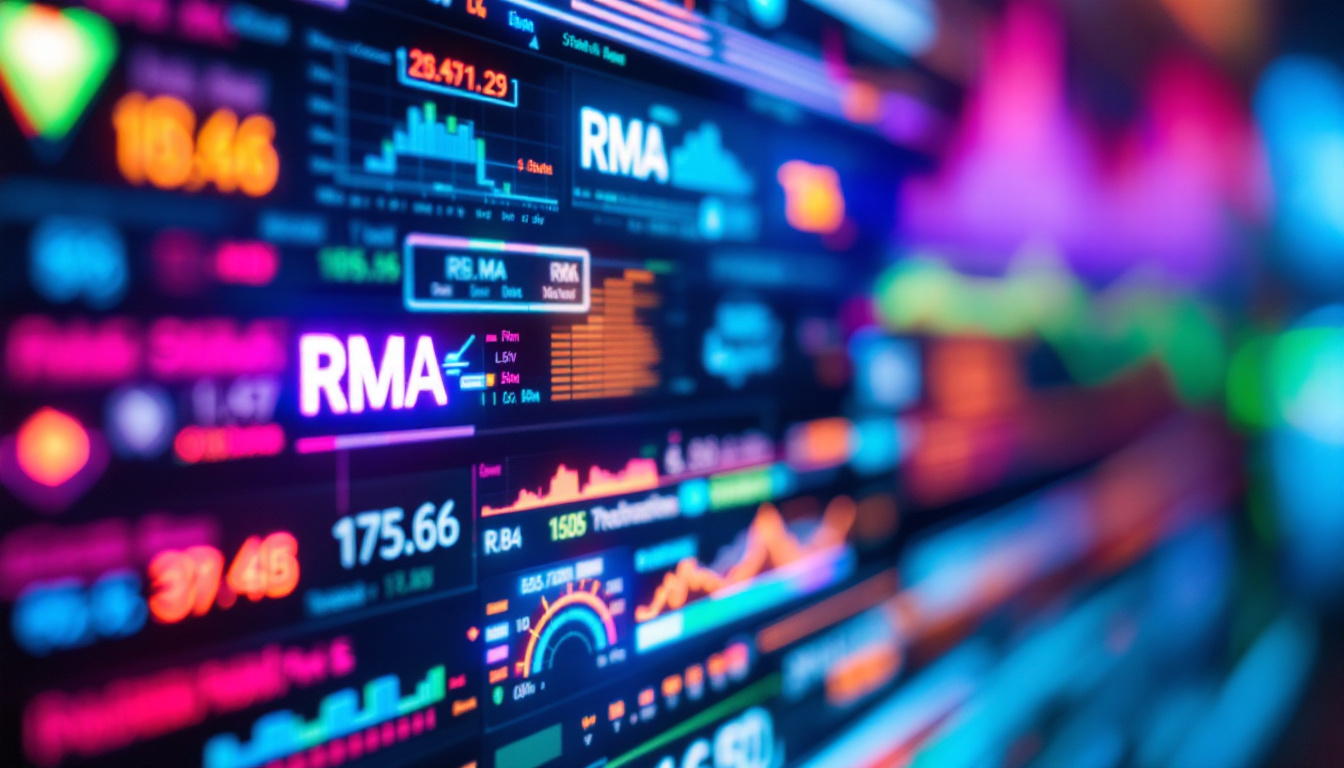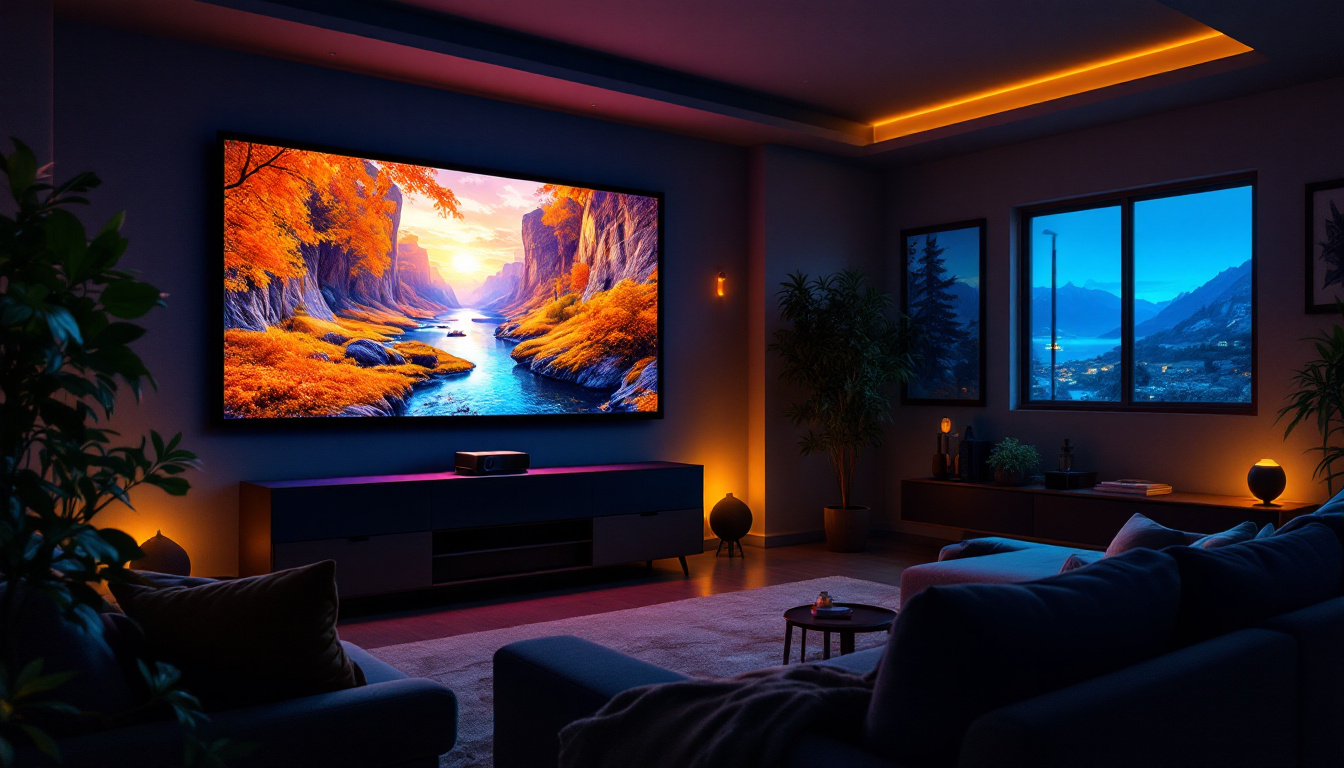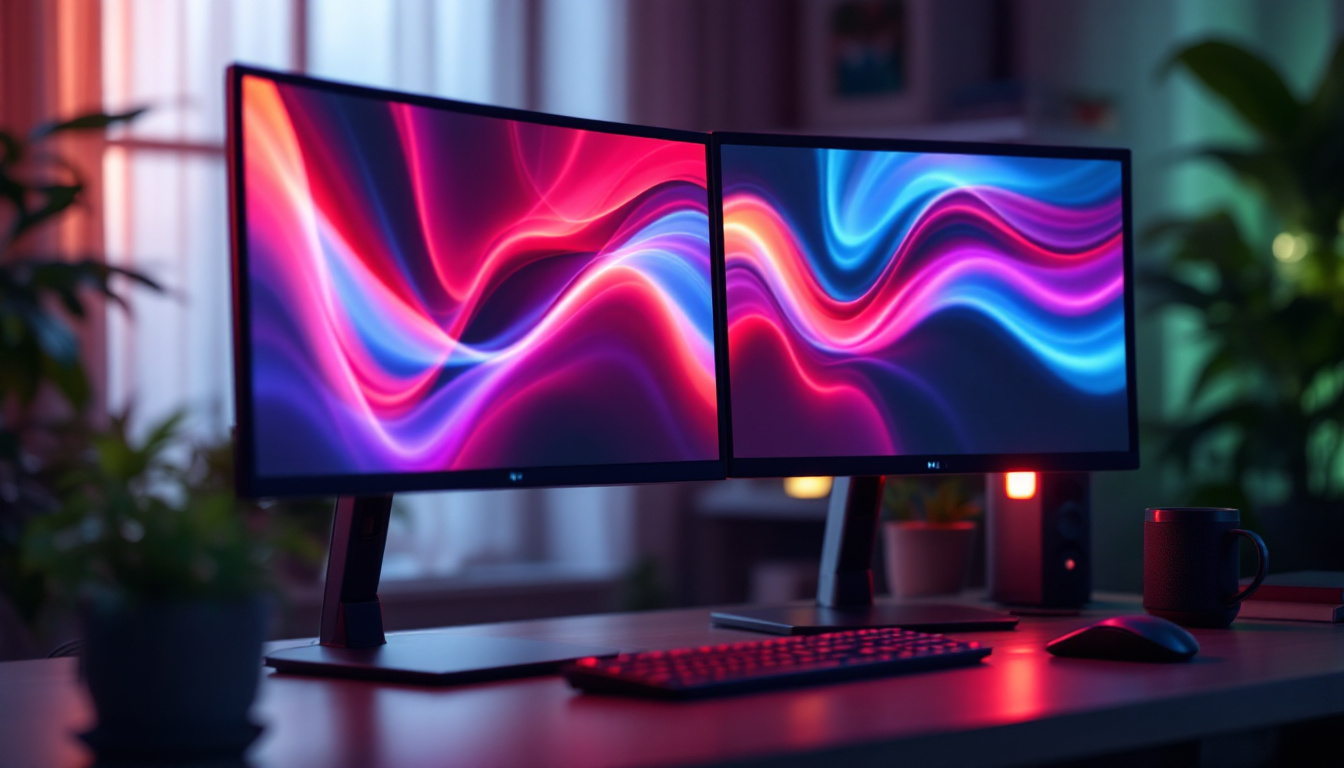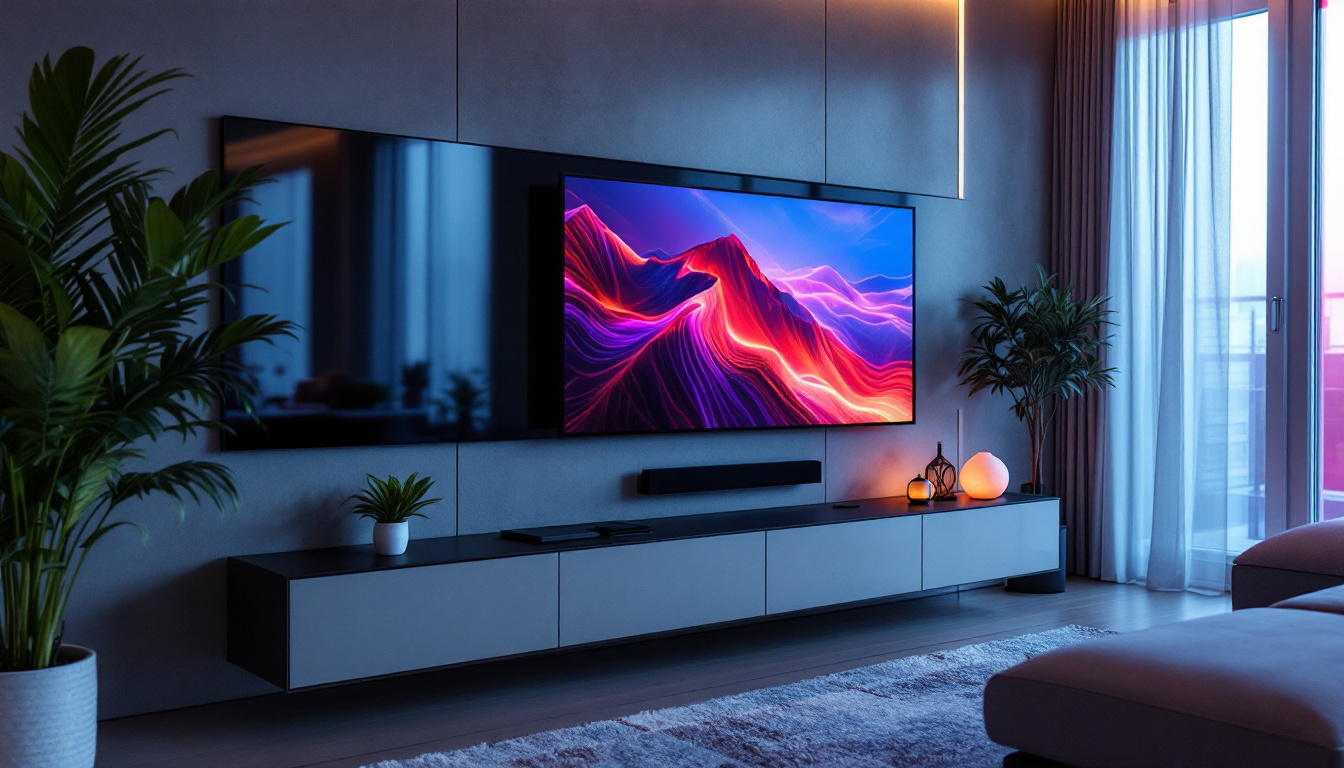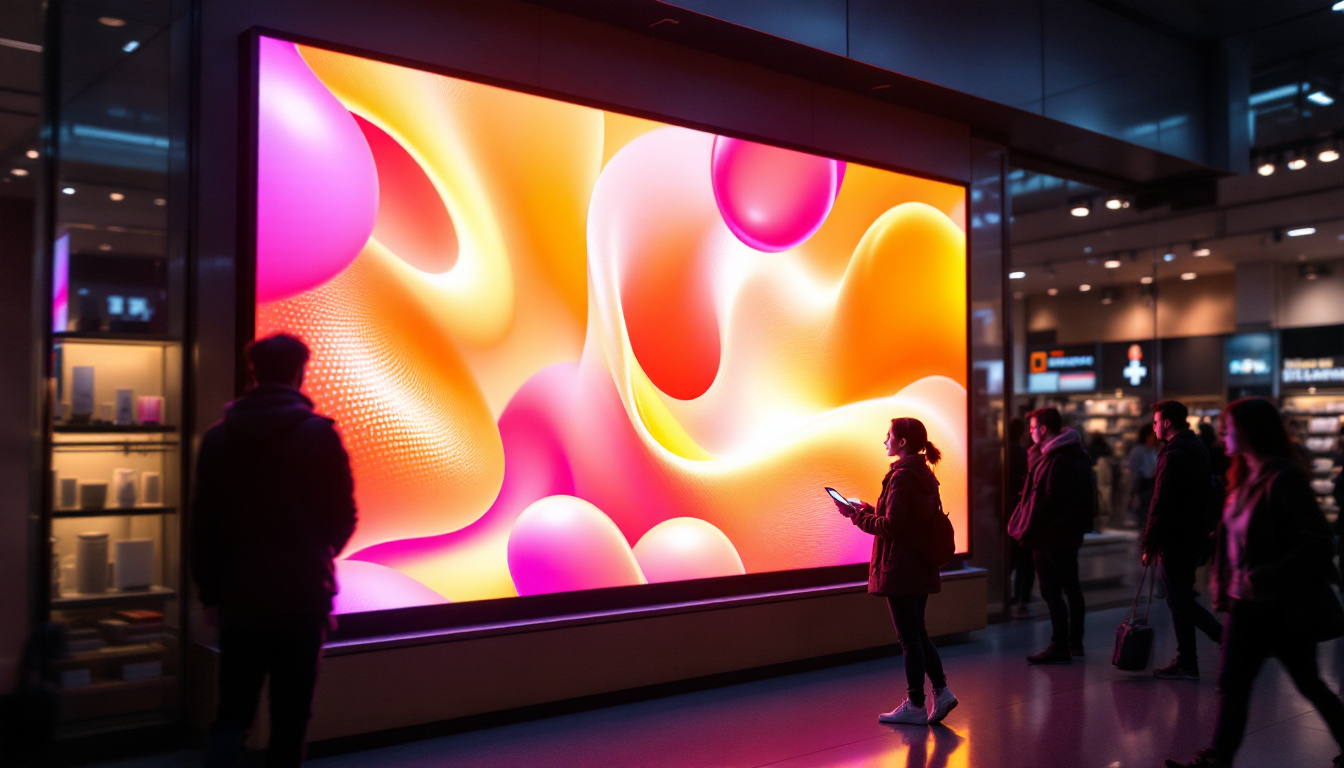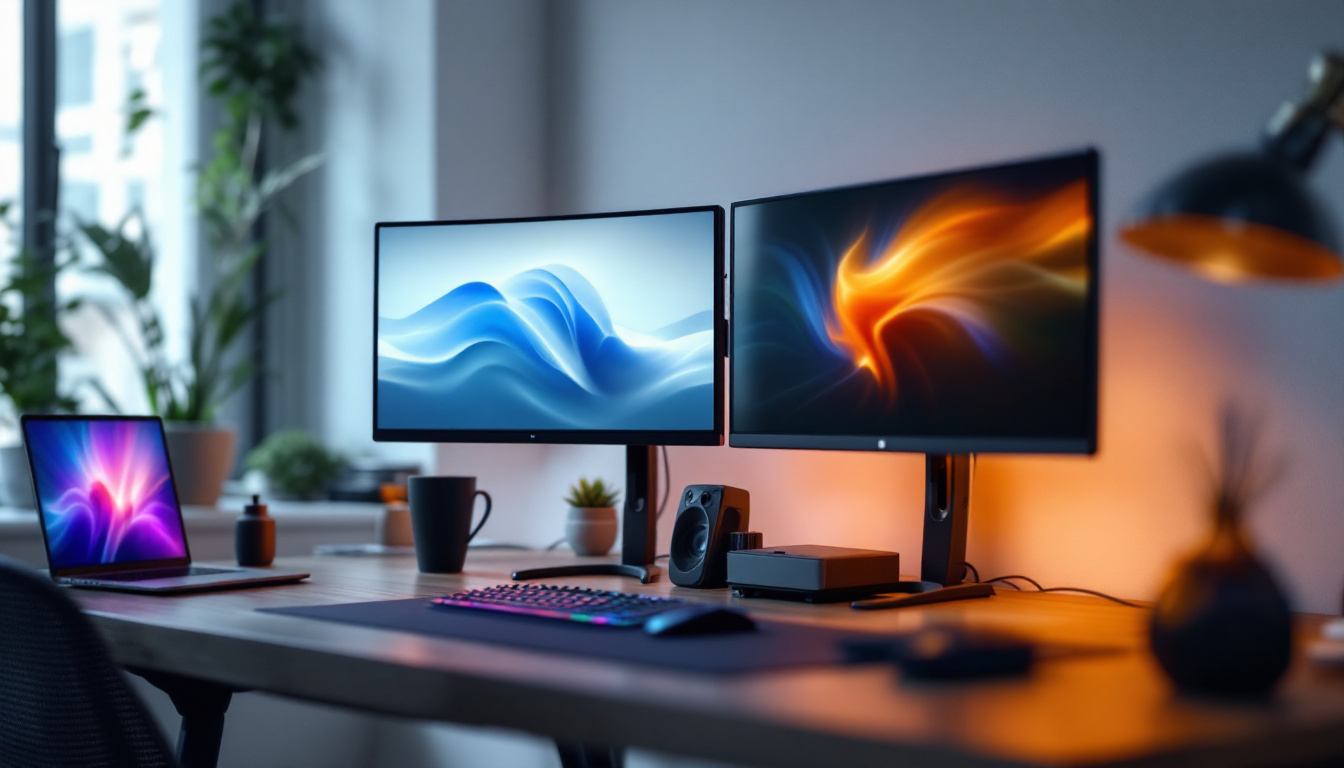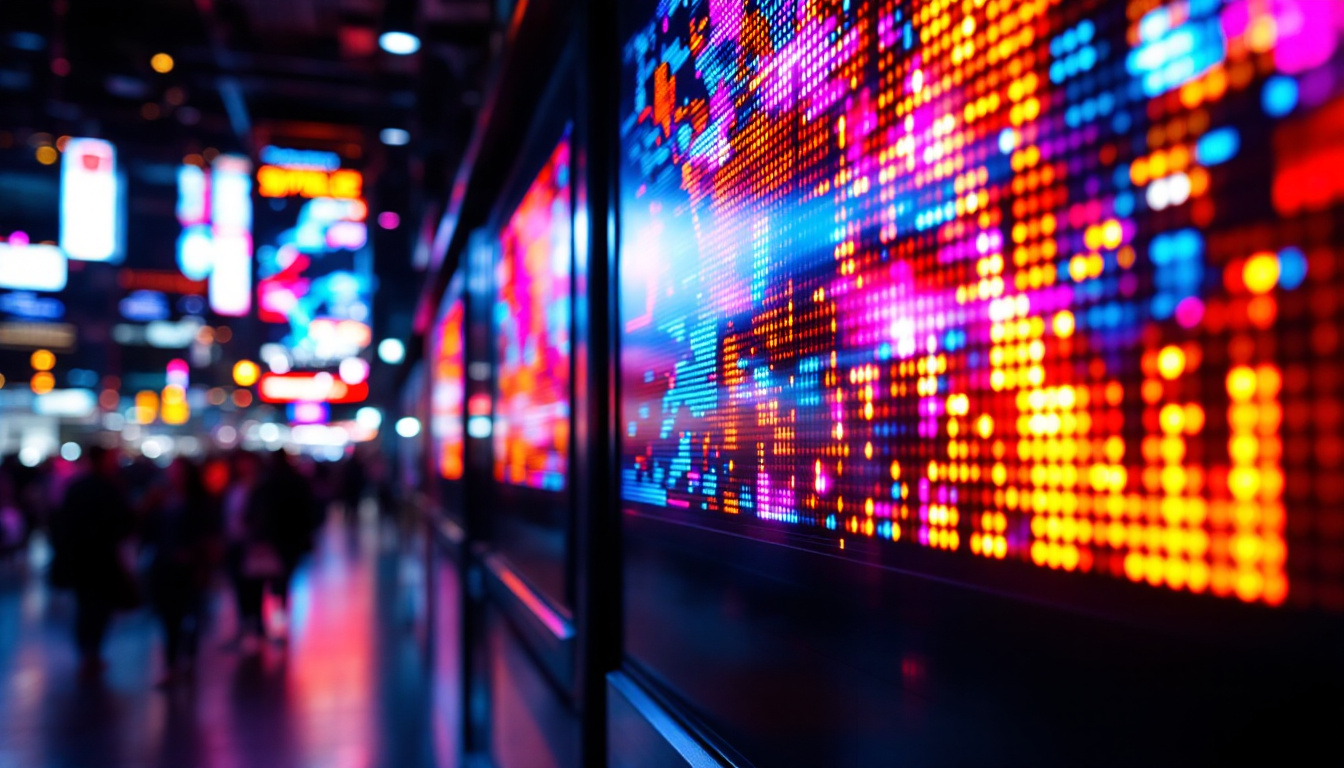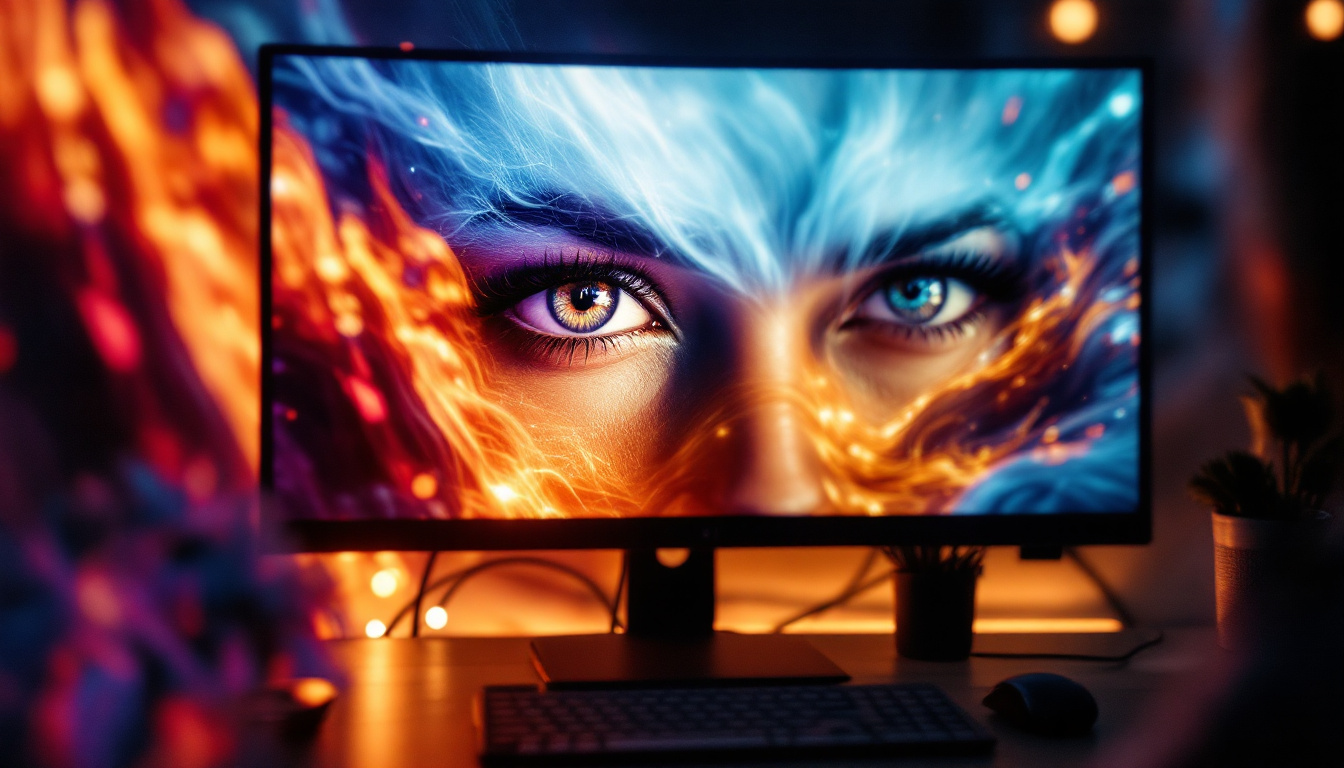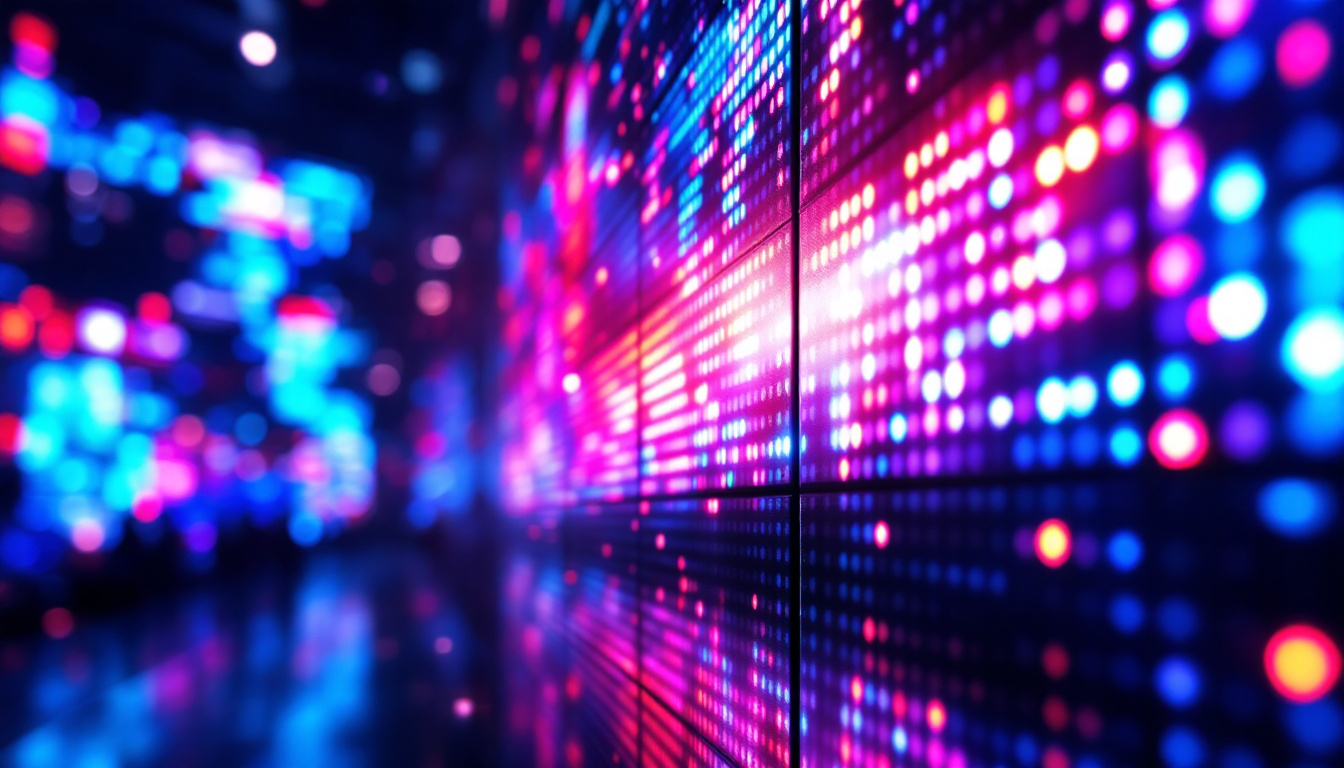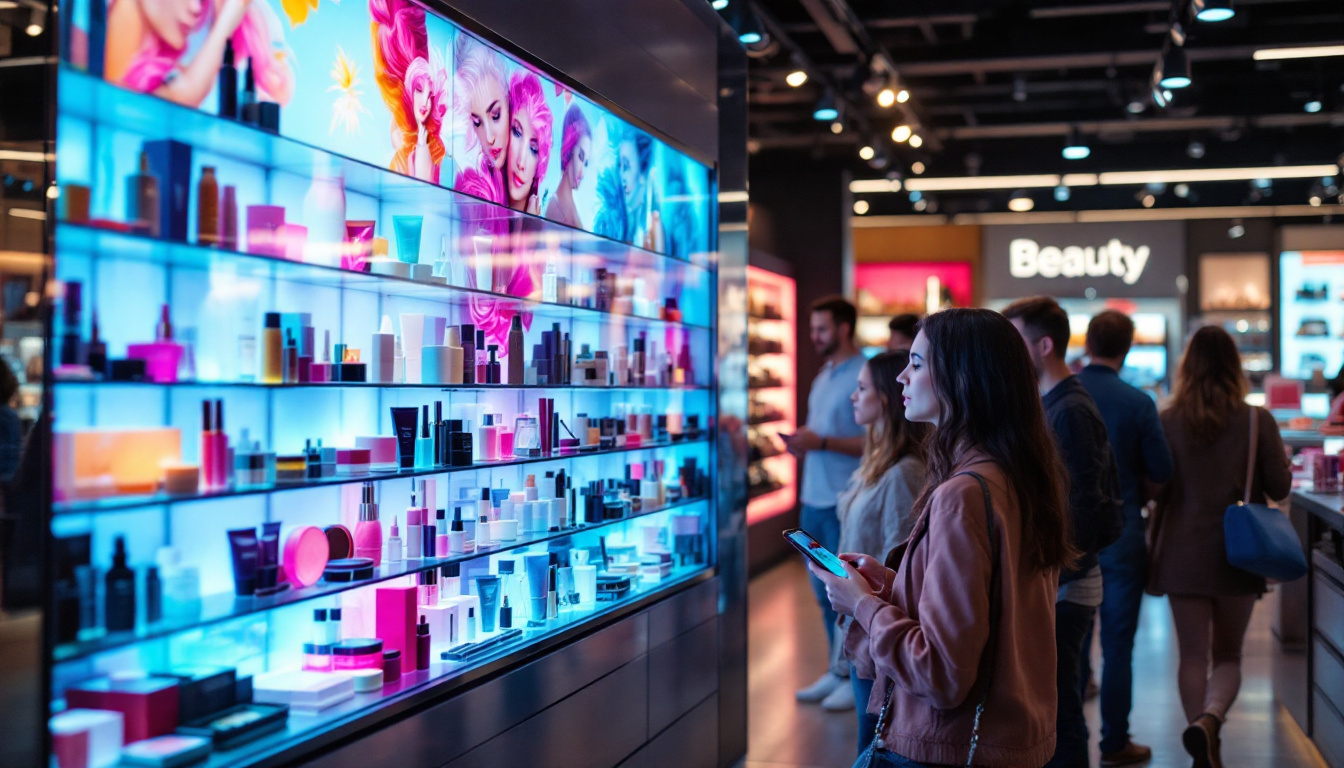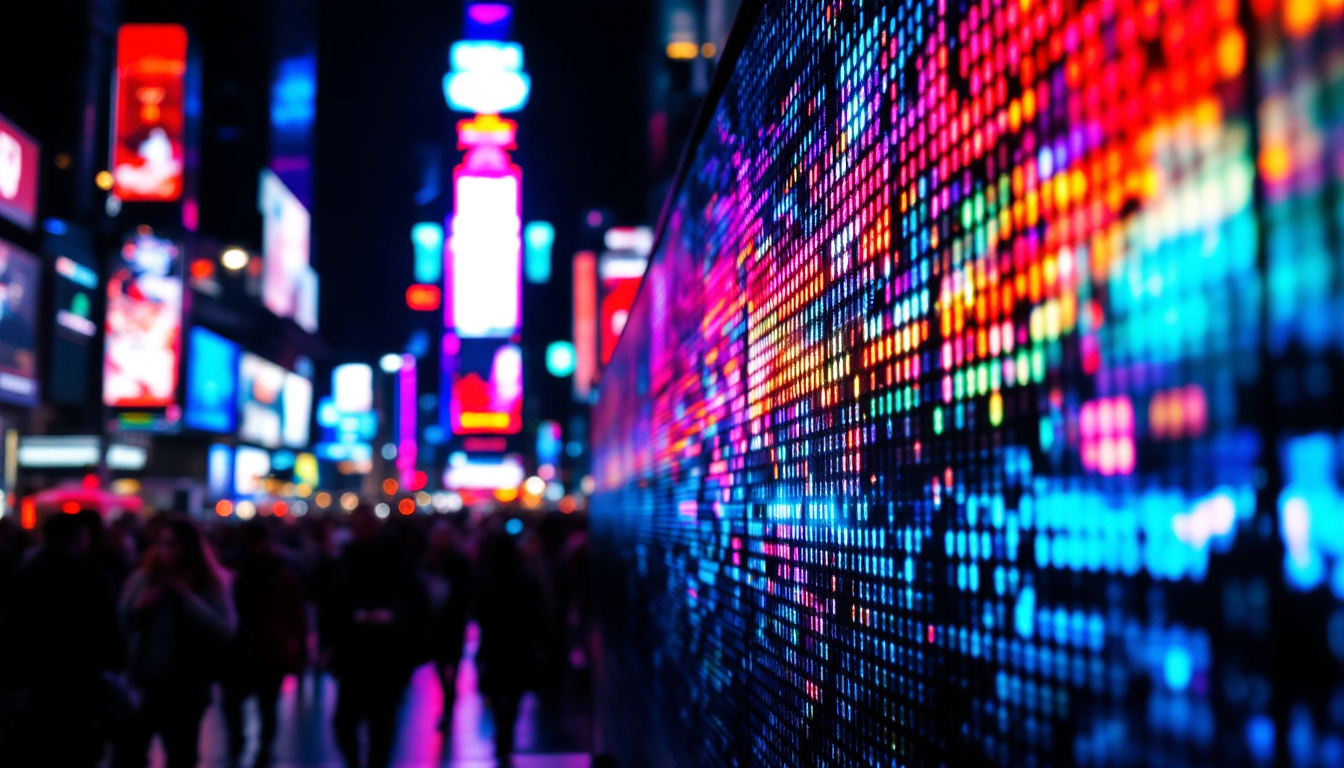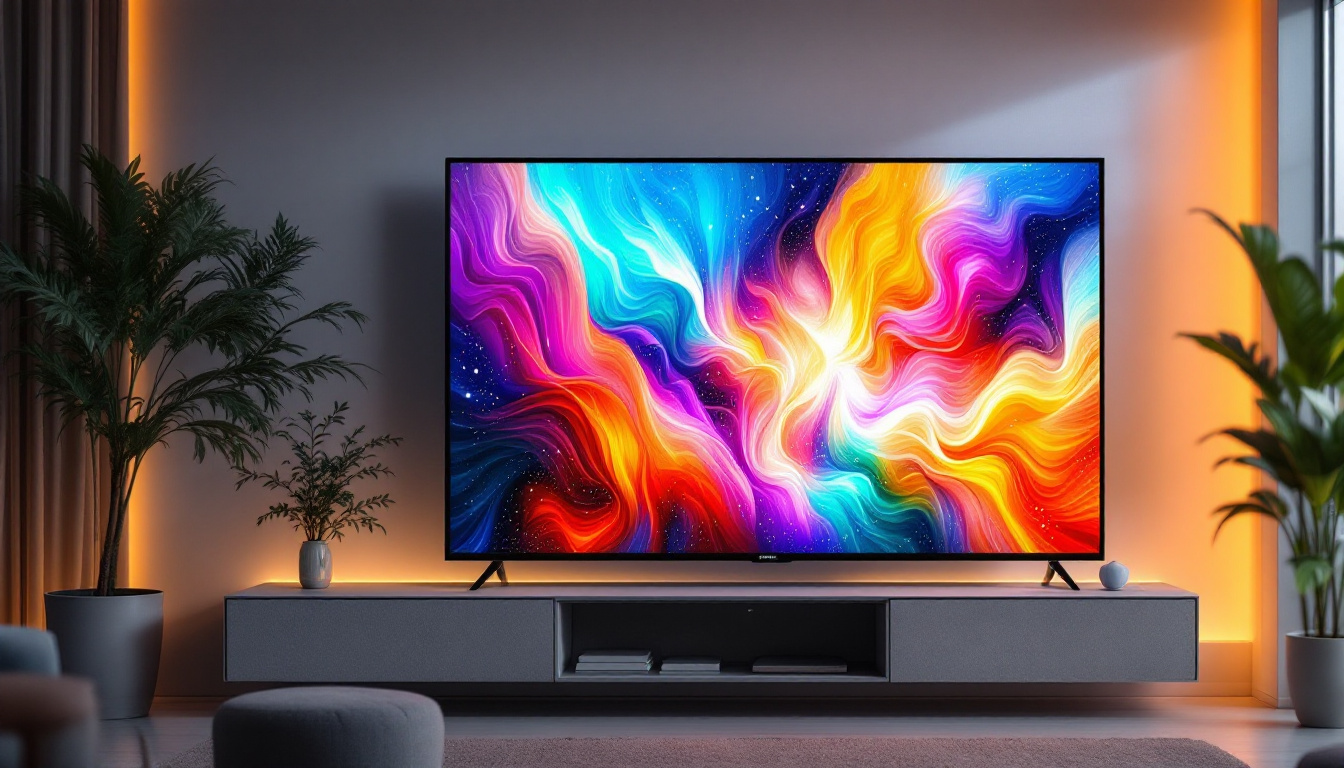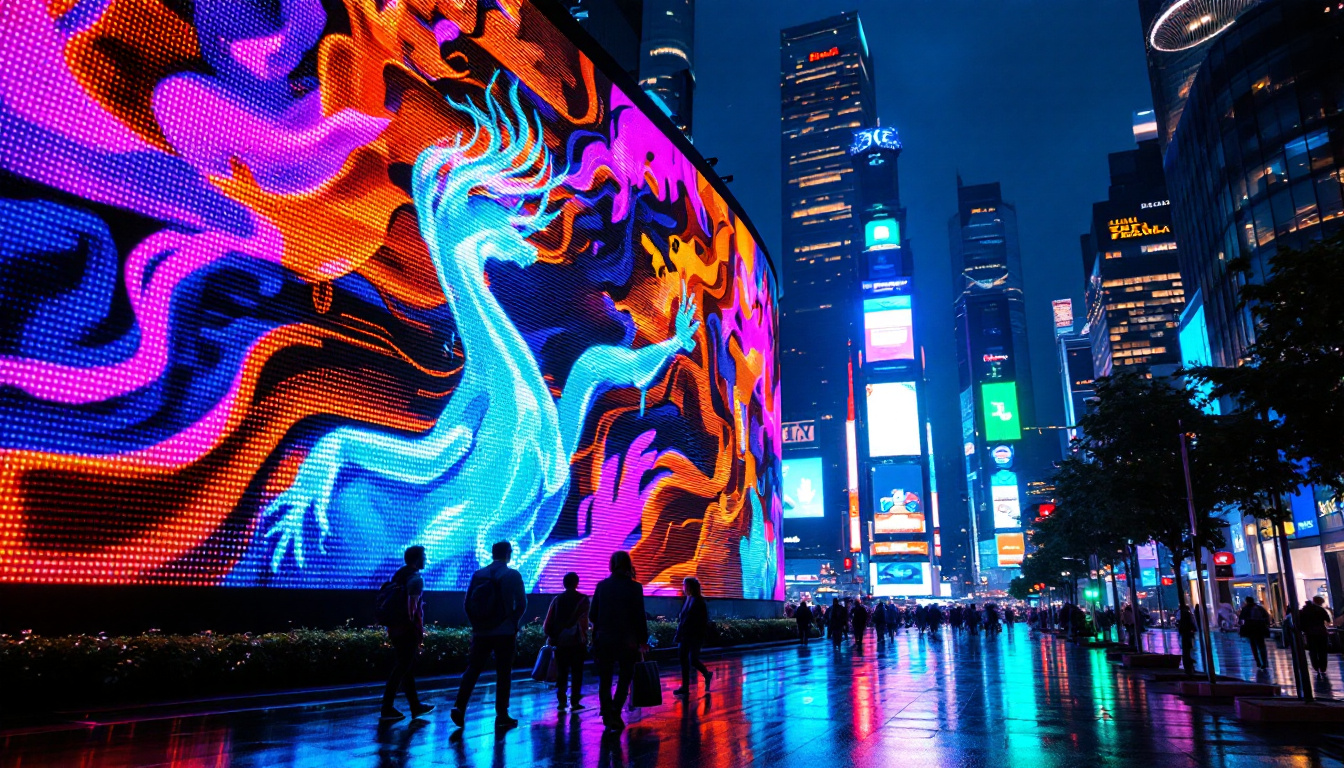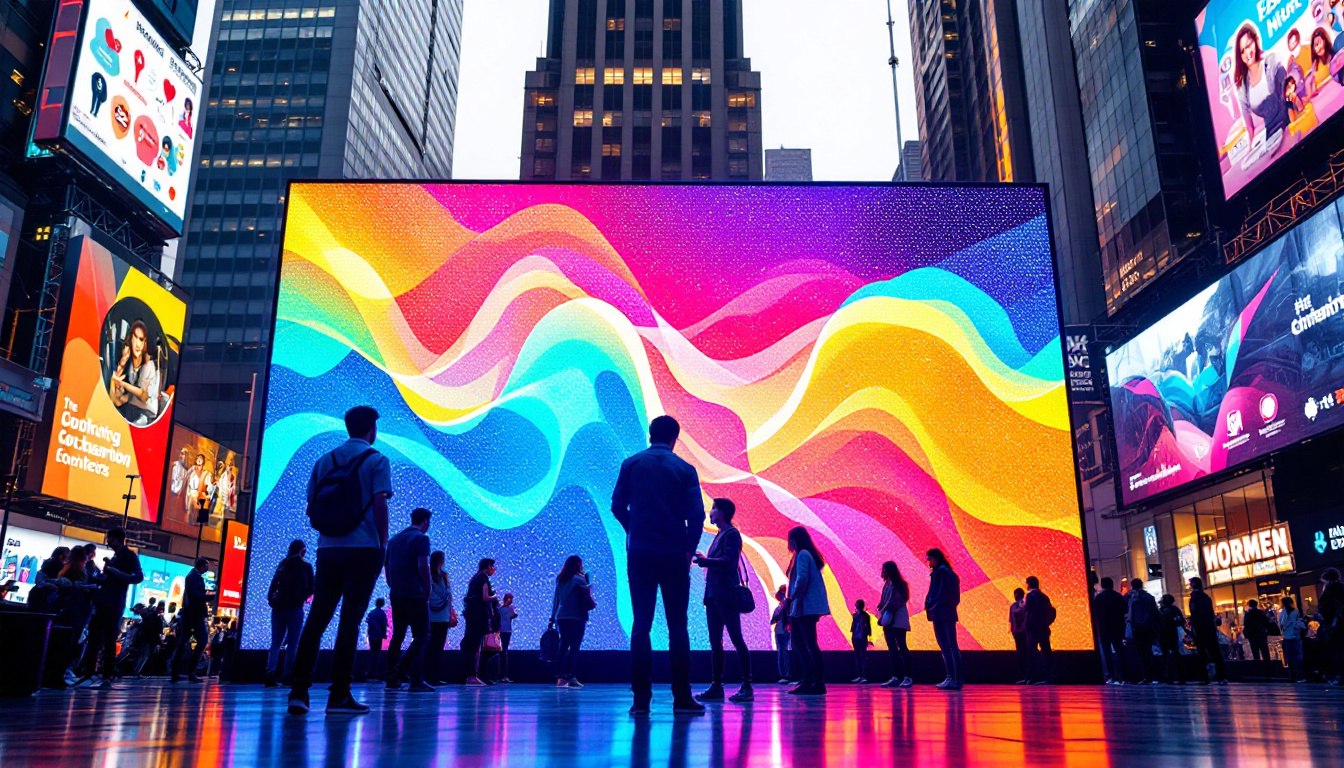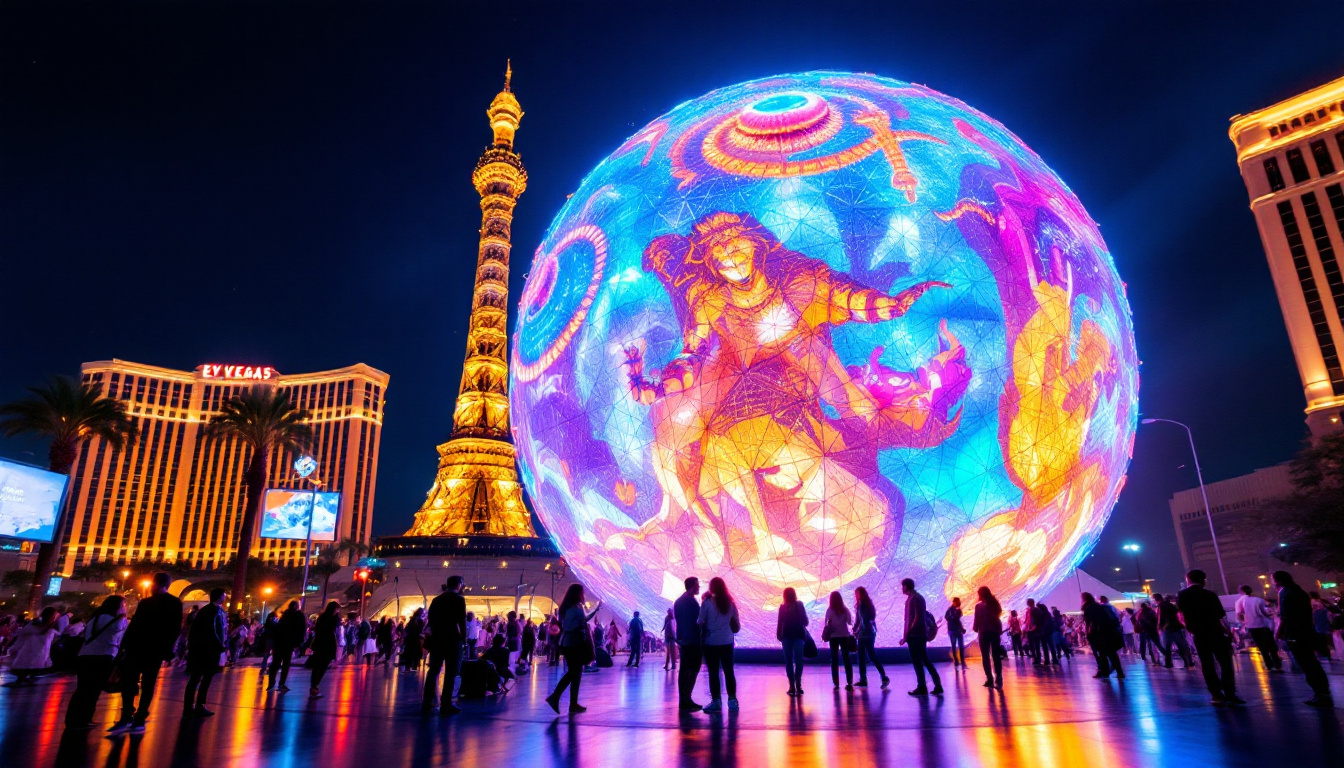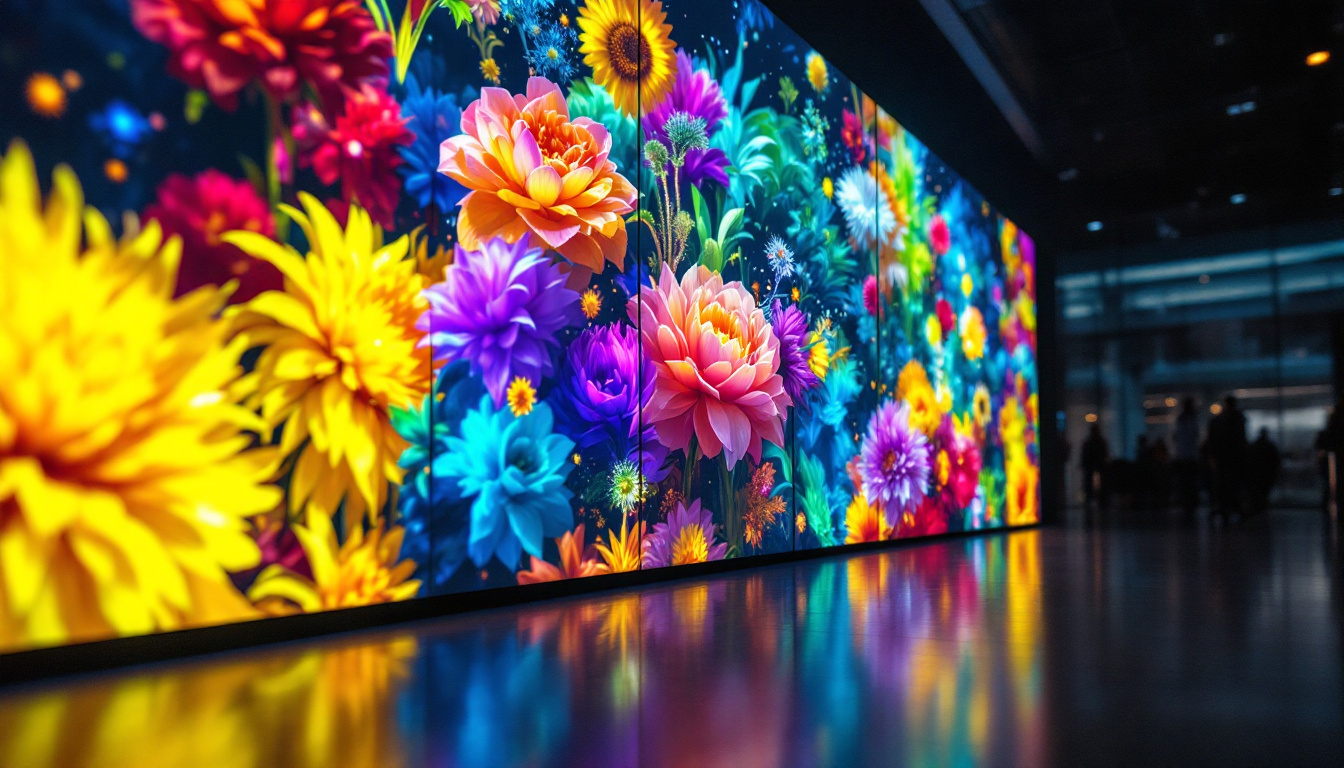In the realm of modern technology, LED displays have become an indispensable component in various applications, from consumer electronics to large-scale advertising. The model designation “153-21” refers to a specific type of LED display that has garnered attention for its unique features and capabilities. This article delves into the intricacies of the 153-21 LED display, exploring its construction, functionality, applications, and the advantages it offers over traditional display technologies.
Understanding LED Technology
Light Emitting Diodes (LEDs) are semiconductor devices that emit light when an electric current passes through them. The technology has evolved significantly over the years, leading to the creation of LED displays that are more efficient, brighter, and versatile than their predecessors. The shift from traditional incandescent and fluorescent lighting to LEDs has not only transformed the lighting industry but has also paved the way for innovative applications in various fields, including automotive, architecture, and consumer electronics.
The Basics of LED Operation
At the core of LED technology is the principle of electroluminescence. When electrons recombine with holes in the semiconductor material, energy is released in the form of photons, which is visible light. This process allows for the creation of vibrant colors and high brightness levels, making LEDs ideal for display applications. The efficiency of LEDs is remarkable; they convert a higher percentage of electrical energy into light compared to traditional light sources, resulting in lower energy consumption and longer lifespans.
LEDs can be combined in various configurations to create displays of different sizes and resolutions. The arrangement of these diodes determines the overall performance of the display, including factors such as brightness, contrast ratio, and color accuracy. Additionally, advancements in LED technology have led to the development of smart LEDs that can be controlled remotely, enabling dynamic lighting effects and integration with smart home systems, further enhancing user experience.
Types of LED Displays
LED displays can be categorized into several types, including direct-view, backlit, and organic LED (OLED) displays. Each type has its own set of advantages and disadvantages, influencing their suitability for specific applications. Direct-view LED displays are composed of individual LEDs that are arranged in a grid. This type of display is commonly used for large outdoor screens, such as billboards and sports arenas. Their ability to maintain visibility in bright sunlight makes them a popular choice for outdoor advertising.
Backlit LED displays, on the other hand, utilize LEDs to illuminate an LCD panel from behind, providing enhanced brightness and color accuracy. This technology is widely used in televisions and computer monitors, where high-definition visuals are essential. OLED displays represent the latest advancement in LED technology, offering superior contrast and flexibility but at a higher cost. Unlike traditional LED displays, OLEDs do not require a backlight, as each pixel emits its own light, allowing for deeper blacks and a more immersive viewing experience. This unique characteristic has made OLEDs increasingly popular in high-end smartphones and televisions, where visual quality is paramount.
The 153-21 LED Display: Features and Specifications
The 153-21 LED display stands out in the crowded market of LED technology due to its specific features and specifications tailored for diverse applications. Understanding these attributes is crucial for evaluating its potential uses.
Resolution and Pixel Pitch
One of the defining characteristics of the 153-21 LED display is its resolution. The pixel pitch, which refers to the distance between the centers of two adjacent pixels, plays a significant role in determining the display’s clarity and detail. A smaller pixel pitch results in higher resolution, making it suitable for close viewing distances.
The 153-21 model typically features a pixel pitch of 3.9 mm, which strikes a balance between resolution and cost-effectiveness. This makes it ideal for indoor applications such as retail environments, conference rooms, and control centers where high image quality is essential.
Brightness and Color Performance
Brightness is another critical factor influencing the performance of an LED display. The 153-21 model boasts a brightness level of up to 1,200 nits, ensuring visibility even in well-lit environments. This high brightness level is particularly advantageous for displays used in public spaces or outdoor settings.
In terms of color performance, the 153-21 LED display supports a wide color gamut, allowing for the reproduction of vibrant and accurate colors. This capability enhances the viewing experience, making it suitable for applications such as digital signage, where visual impact is paramount.
Applications of the 153-21 LED Display
The versatility of the 153-21 LED display allows it to be employed in various settings, each benefiting from its unique features. From advertising to information dissemination, the applications are extensive.
Digital Signage
One of the most prominent applications of the 153-21 LED display is in digital signage. Retailers and businesses leverage this technology to attract customers and convey information effectively. The high brightness and vibrant colors of the display ensure that advertisements stand out, capturing the attention of passersby.
Moreover, the ability to update content remotely allows businesses to adapt their messaging in real-time, responding to trends and customer preferences swiftly. This flexibility is a significant advantage in the fast-paced world of marketing.
Corporate and Educational Environments
In corporate settings, the 153-21 LED display serves as an effective communication tool. Whether used in conference rooms for presentations or in lobbies for informational displays, its clarity and color accuracy enhance the overall communication experience.
Educational institutions also benefit from this technology, utilizing it for interactive learning experiences. The ability to display high-quality visuals aids in engaging students and enhancing their understanding of complex subjects.
Entertainment and Events
The entertainment industry has embraced the 153-21 LED display for its ability to deliver stunning visuals at concerts, festivals, and sporting events. The display’s high brightness and resolution ensure that audiences enjoy a captivating experience, regardless of their viewing angle or distance.
Furthermore, the modular design of LED displays allows for creative configurations, enabling event organizers to design unique visual setups that enhance the overall atmosphere of the event.
Advantages of the 153-21 LED Display
Choosing the 153-21 LED display over traditional display technologies comes with a host of advantages that can significantly impact performance and user experience.
Energy Efficiency
One of the standout benefits of LED technology is its energy efficiency. The 153-21 model consumes significantly less power compared to conventional LCD or plasma displays, which translates to lower operating costs. This efficiency is particularly advantageous for businesses looking to reduce their energy footprint while maintaining high-quality visuals.
Additionally, the long lifespan of LED displays means that they require less frequent replacements, further contributing to cost savings over time.
Durability and Reliability
LED displays, including the 153-21 model, are known for their durability. Unlike traditional displays that may be susceptible to damage from impacts or environmental factors, LED technology is robust and can withstand harsh conditions. This makes it suitable for both indoor and outdoor applications.
Moreover, the reliability of LED displays ensures minimal downtime, allowing businesses to maintain continuous operations without interruptions due to display failures.
Enhanced Viewing Experience
The combination of high brightness, vibrant colors, and excellent contrast ratios offered by the 153-21 LED display results in an enhanced viewing experience. Whether used for advertising, presentations, or entertainment, the display captivates audiences and effectively conveys messages.
Furthermore, the wide viewing angles of LED displays ensure that content remains visible and clear from various positions, making them ideal for large audiences.
Installation and Maintenance Considerations
While the benefits of the 153-21 LED display are compelling, proper installation and maintenance are crucial for maximizing its performance and longevity.
Installation Guidelines
Installing an LED display requires careful planning and consideration of various factors, including location, mounting options, and power supply. It is essential to assess the environment where the display will be installed, ensuring that it is protected from direct sunlight and extreme weather conditions if placed outdoors.
Additionally, professional installation is recommended to ensure that the display is securely mounted and properly calibrated for optimal performance. This includes adjusting brightness levels, color settings, and ensuring that the display is connected to the appropriate power and data sources.
Maintenance Best Practices
Regular maintenance is key to ensuring the longevity and performance of the 153-21 LED display. This includes routine cleaning to remove dust and debris that may accumulate on the surface. Using appropriate cleaning solutions and techniques is essential to avoid damaging the display.
Furthermore, monitoring the display for any signs of malfunction or performance degradation is crucial. Promptly addressing any issues can prevent further damage and ensure that the display continues to operate at peak performance.
The Future of LED Displays
The future of LED display technology, including models like the 153-21, looks promising as advancements continue to emerge. Innovations in materials, design, and functionality are paving the way for even more sophisticated displays that cater to evolving consumer demands.
Emerging Technologies
As technology progresses, new developments such as microLED and miniLED are gaining traction. These technologies promise to deliver even higher resolutions, improved color accuracy, and enhanced energy efficiency. The integration of artificial intelligence and machine learning is also expected to revolutionize how displays operate, allowing for smarter content management and user interaction.
Expanding Applications
The applications of LED displays are expanding beyond traditional uses. Industries such as healthcare, transportation, and smart cities are beginning to adopt LED technology for various purposes, including information dissemination, advertising, and interactive experiences.
As the demand for high-quality visuals continues to grow, LED displays like the 153-21 will likely play a pivotal role in shaping the future of communication and entertainment.
Conclusion
The 153-21 LED display exemplifies the advancements in LED technology, offering a compelling solution for a wide range of applications. Its unique features, including high brightness, excellent color performance, and energy efficiency, make it a preferred choice for businesses and organizations seeking to enhance their visual communication.
As technology continues to evolve, the potential for LED displays to transform the way information is conveyed and experienced is immense. Embracing this technology not only provides immediate benefits but also positions businesses for future growth in an increasingly visual world.
Discover LumenMatrix’s Innovative LED Solutions
Ready to elevate your visual communication with the latest in LED display technology? LumenMatrix is at the forefront of creating immersive environments through a diverse range of LED solutions, from Indoor and Outdoor LED Wall Displays to specialized options like Vehicle, Sports, and Floor LED Displays. Our mission is to transform your message into an engaging, high-impact visual experience. Don’t miss the opportunity to captivate your audience. Check out LumenMatrix LED Display Solutions today and see the difference innovation can make.

